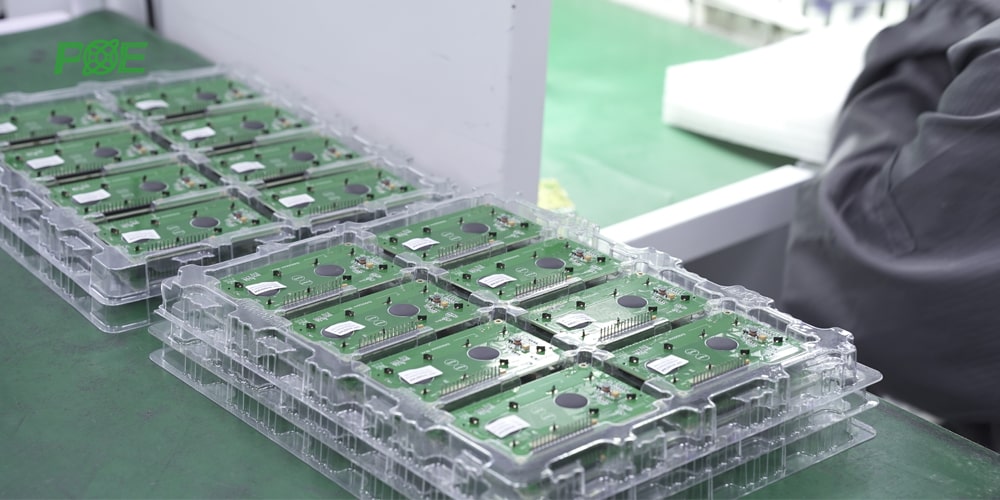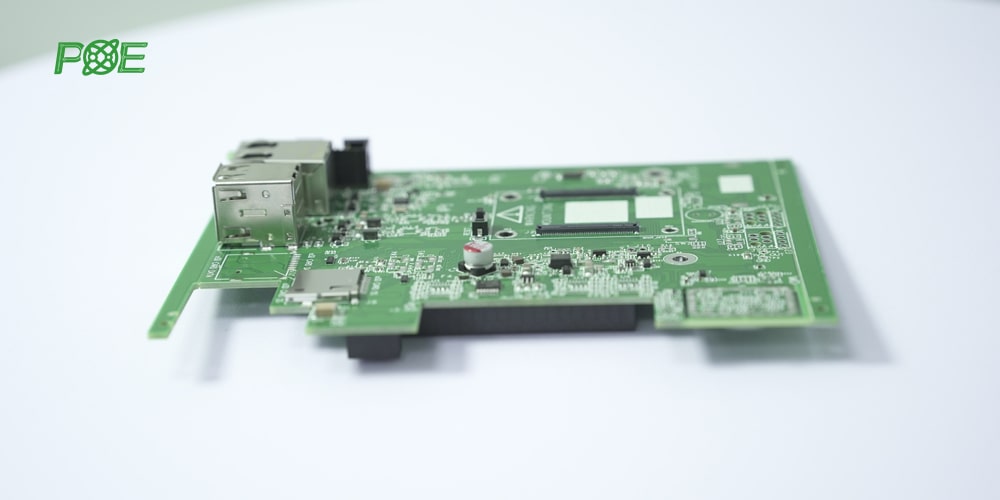Differences between Single-Sided and Double-Sided SMT Assembly
22 January 2025
Views: 807
SMT is a common method of mounting electronic components directly onto the surface of a PCB. And SMT assembly can be divided into two main types: single-sided SMT assembly and double-sided SMT assembly.
Single-Sided SMT Assembly
Single-Sided SMT assembly refers to the process of placing and soldering all components on one side of the PCB. The other side remains blank and no components are mounted.

Main Features
Simple Design: Single-Sided SMT assembly is simple and suitable for uncomplicated circuits.
Cost-Effective: Since components are mounted on only one side, less material and labor are required, reducing production costs.
Limited Functionality: It cannot accommodate a large number of components due to space constraints.
Easy to Repair: Since components are only on one side, troubleshooting and repair of the PCB is simpler and faster.
Applications
Single-Sided SMT Assembly is used for products with simple and basic electronic requirements, such as remote controls, calculators, toys, LED lighting systems.
Double-Sided SMT Assembly
Double-Sided SMT assembly places components on both sides of the PCB, allowing for higher component density and more complex circuit designs.

Main Features
Increased component density: By utilizing both sides of the PCB, double-sided SMT assembly significantly increases the space available for components.
Complex Design: Double-Sided Assembly is suitable for circuits with high complexity, such as multi-layer PCBs.
Higher Manufacturing Cost: The process is more complex and requires advanced equipment.
Complex Repair: Since there are components on both sides, diagnosis and repair are difficult.
Applications
Double-Sided SMT Assembly is suitable for devices with complex circuits and high performance, such as smartphones, tablets, computers and network equipment, industrial control systems, medical devices, automotive electronics.
Differences Between Single-Sided and Double-Sided SMT Assembly
| Feature |
Single-Sided SMT Assembly |
Double-Sided SMT Assembly |
| Component Placement |
Components are placed on one side only |
Components are placed on both sides of the PCB |
| Circuit Complexity |
Suitable for simple and low-density circuits |
Ideal for complex and high-density circuits |
| Manufacturing Cost |
Lower manufacturing cost |
Higher manufacturing cost |
| Repair and Maintenance |
Easier to repair and troubleshoot |
More difficult to repair due to dual-sided components |
| Applications |
Basic consumer electronics, toys, etc. |
High-performance devices like computers and smartphones |
Conclusion
The choice between single-sided and double-sided SMT assembly depends on the requirements of the end product. Single-sided SMT assembly is a cost-effective solution for simple devices with fewer components, while double-sided SMT assembly is more suitable for advanced, high-performance electronics. Understanding these differences can help manufacturers choose the right assembly method for their products, effectively balancing cost, complexity, and functionality.
















